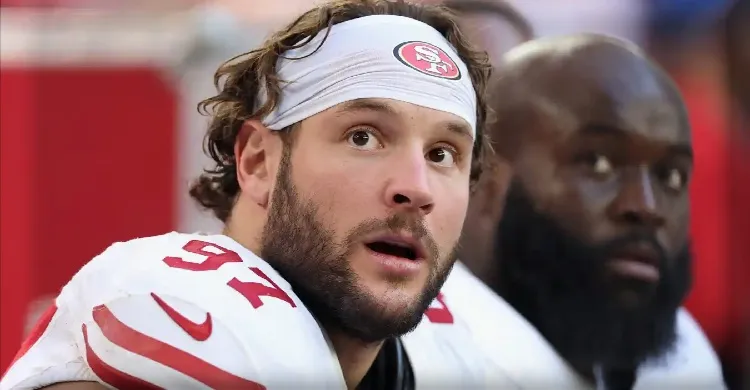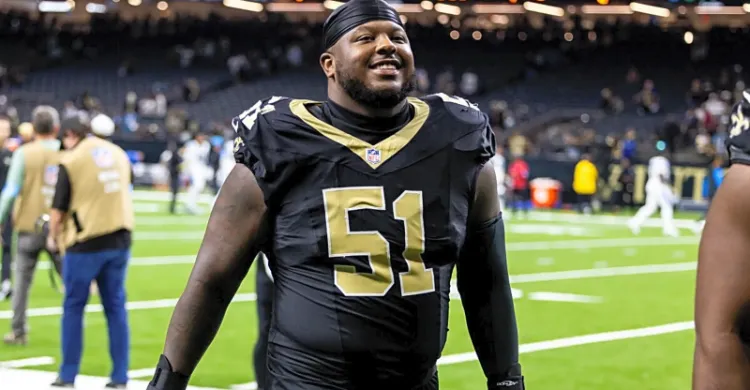While Bruins fans remember Marco Sturm for his offense in the black and gold, his coaching philosophy is slightly different.

The Boston Bruins took the nostalgia route in the Marco Sturm hiring announcement, leaning on the narrative about him being a former player in the organization. It'll be a nice way for the fans to bridge the gap between the old era and the new era the team is moving into.
There is one problem for the organization. If Sturm fails, no one will care that he is a former Bruin. The networks will bombard fans with highlights of Sturm's Winter Classic winner and overtime goal against the Montreal Canadiens in the playoffs, but it's now time for him to create an even bigger legacy as a coach.
So, what can the fans expect from Sturm? While Jim Montgomery found plenty of initial success with his more offensive approach, his system's lack of defensive responsibility reared its ugly head many times in the past two seasons. Once the two-headed monster of Jeremy Swayman and Linus Ullmark wasn't there this season, the team crumbled.
The Bruins teams of the past two decades are known for defensive responsibility, and the Sturm move marks a return to that realm. It might not be the most fantastic news for some of Boston's more offensive players, but it's something that the front office felt had to happen.
It might be surprising that an offensive player like Sturm follows a defensive approach, but he also knows what it takes to win. Ironically, he might have learned this from his time playing under Claude Julien, who changed the way the Bruins played during his four years with Sturm. While Sturm left before Julien finished the job with the Stanley Cup in 2011, he was a massive part of that rebuild along with Marc Savard.
Marco Sturm preaches defensive responsibility
Sturm became head coach of the German men's National Team in 2015 and achieved considerable success, including leading them to a silver medal at the 2018 Winter Olympics. The Olympic success enabled him to secure an assistant coach position with the Los Angeles Kings, which he held until the 2022-23 season, when they named him head coach of their AHL team.
Sturm led the Ontario Reign to the postseason in each of his three seasons. He advanced to the second round in 2023-24, but the other two runs were disappointing. Regardless, he was able to succeed in the AHL with a defense-first approach, finishing top ten in the league in goals against each year.
The system he runs attempts to funnel shot opportunities away from his team's goal. Ontario finished third-best in the league in 2024-25 by allowing only 26.3 shots per game, and this will be a welcome sight for Swayman this season after the shrapnel he took last season.
Defensive responsibility doesn't mean that Sturm completely abandons offense. The Reign finished this season 13th in goals for, which was impressive considering they didn't have the most talented roster. Sturm's even-tempered demeanor and player-first approach enable his team to outperform expectations.
Can Sturm fix the special teams?
Sturm's teams in Ontario finished in the top ten in the penalty kill in two of his three seasons. Their penalty killing group didn't have the most success, given their overall defensive metrics, which is somewhat concerning. The penalty kill isn't all on the coach, but special teams is an area that can make or break you. Sturm either has to clean up some of those details or find an assistant coach who can take the team to the next level.
While the offense was slightly above average overall, Sturm's powerplay with the Reign was subpar. They finished 24th during the regular season, and things won't look much different for Boston this season. Sturm utilizes the same 1-3-1 setup as Montgomery and Bruce Cassidy before him, and unless Boston can find a better personnel grouping, it might be much of the same in 2025-26.
Boston's struggle has been power-play zone entries. One difference in a Sturm-led team is that he uses a different breakout than the coaches before him. Sturm has taken the delayed drop approach that many teams now use, and it's more exaggerated than some others. If you see Pastrnak looping behind the net to reach full speed while Charlie McAvoy lobs a puck back to him from center ice this season, don't be surprised.


